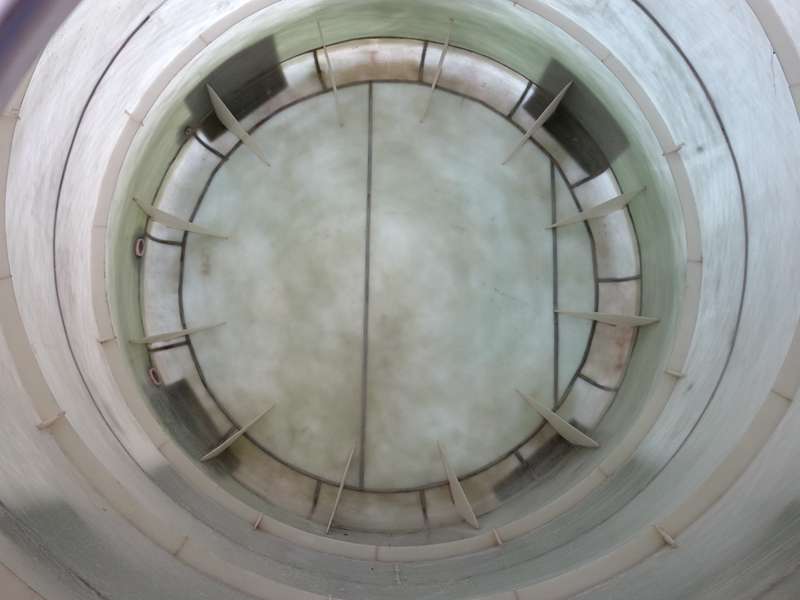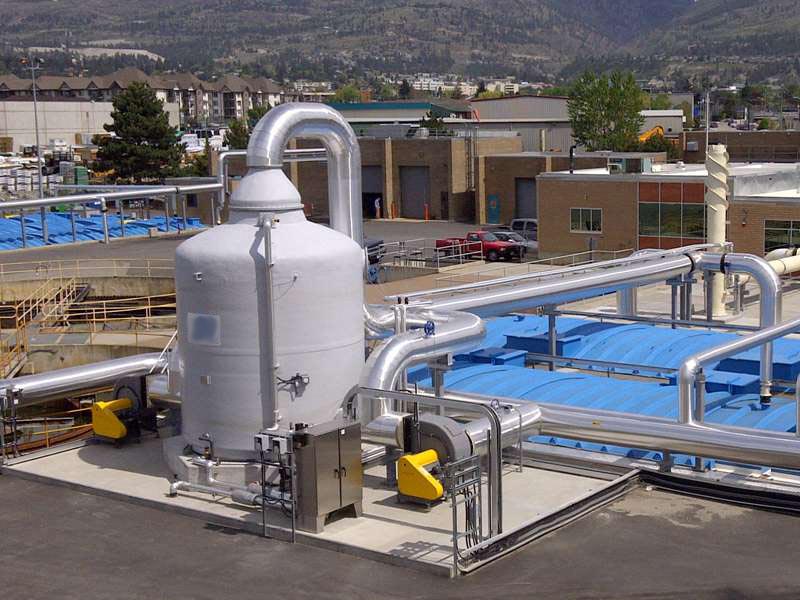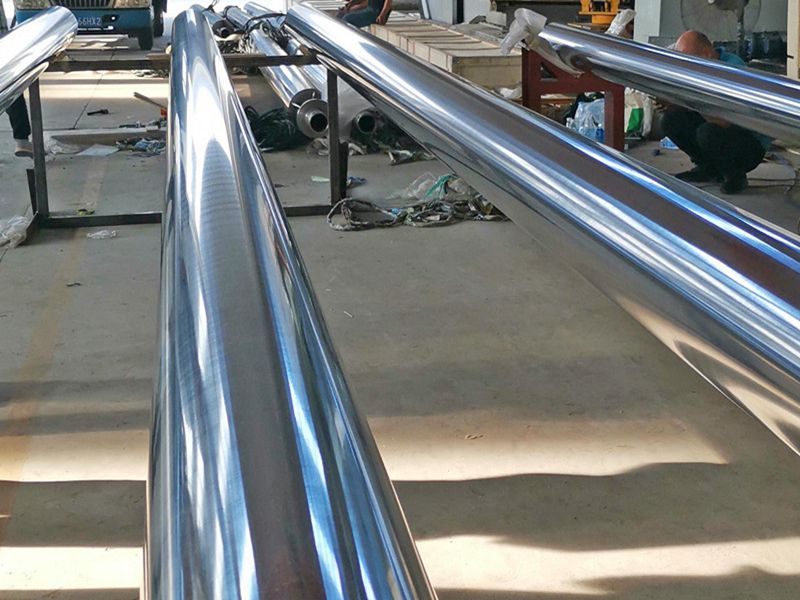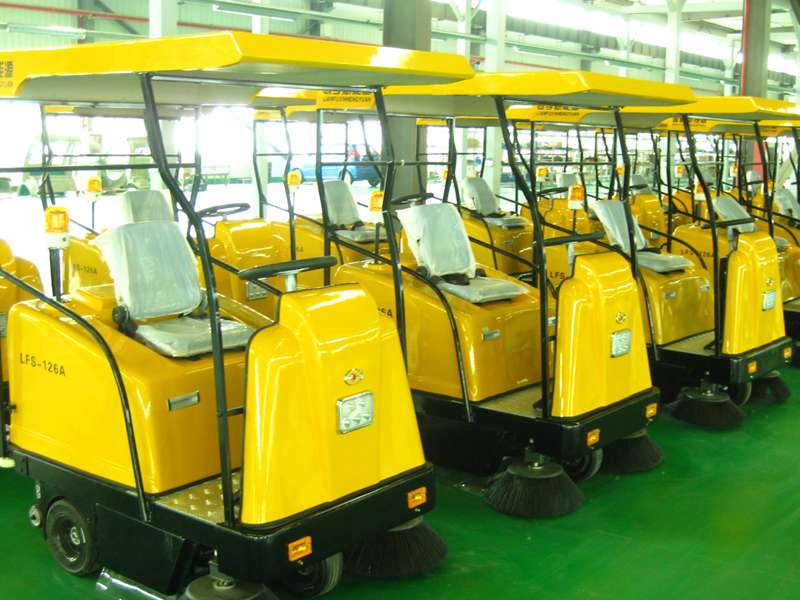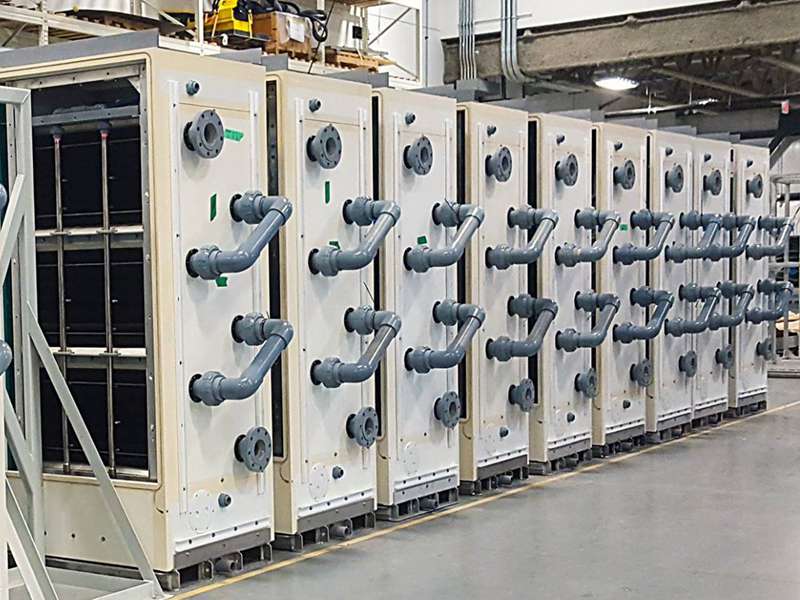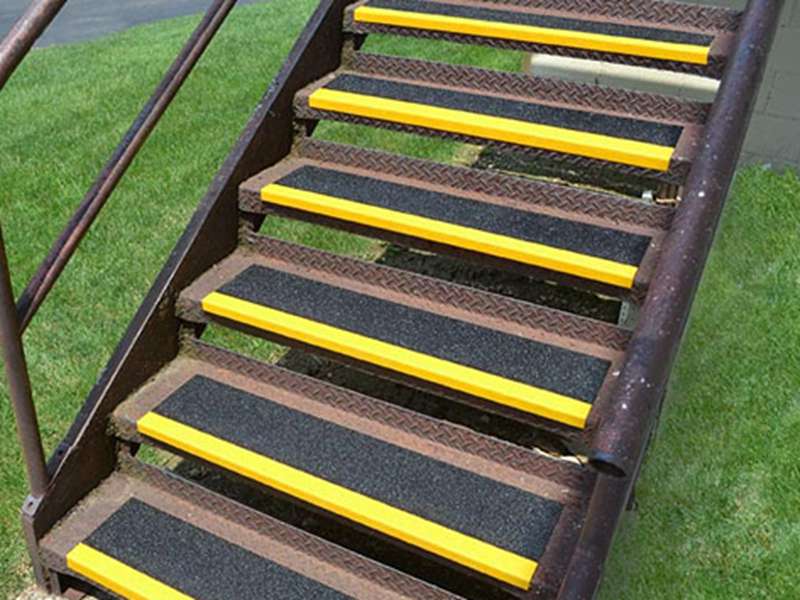
-
 Afrikaans
Afrikaans -
 Albanian
Albanian -
 Amharic
Amharic -
 Arabic
Arabic -
 Armenian
Armenian -
 Azerbaijani
Azerbaijani -
 Basque
Basque -
 Belarusian
Belarusian -
 Bengali
Bengali -
 Bosnian
Bosnian -
 Bulgarian
Bulgarian -
 Catalan
Catalan -
 Cebuano
Cebuano -
 China
China -
 China (Taiwan)
China (Taiwan) -
 Corsican
Corsican -
 Croatian
Croatian -
 Czech
Czech -
 Danish
Danish -
 Dutch
Dutch -
 English
English -
 Esperanto
Esperanto -
 Estonian
Estonian -
 Finnish
Finnish -
 French
French -
 Frisian
Frisian -
 Galician
Galician -
 Georgian
Georgian -
 German
German -
 Greek
Greek -
 Gujarati
Gujarati -
 Haitian Creole
Haitian Creole -
 hausa
hausa -
 hawaiian
hawaiian -
 Hebrew
Hebrew -
 Hindi
Hindi -
 Miao
Miao -
 Hungarian
Hungarian -
 Icelandic
Icelandic -
 igbo
igbo -
 Indonesian
Indonesian -
 irish
irish -
 Italian
Italian -
 Japanese
Japanese -
 Javanese
Javanese -
 Kannada
Kannada -
 kazakh
kazakh -
 Khmer
Khmer -
 Rwandese
Rwandese -
 Korean
Korean -
 Kurdish
Kurdish -
 Kyrgyz
Kyrgyz -
 Lao
Lao -
 Latin
Latin -
 Latvian
Latvian -
 Lithuanian
Lithuanian -
 Luxembourgish
Luxembourgish -
 Macedonian
Macedonian -
 Malgashi
Malgashi -
 Malay
Malay -
 Malayalam
Malayalam -
 Maltese
Maltese -
 Maori
Maori -
 Marathi
Marathi -
 Mongolian
Mongolian -
 Myanmar
Myanmar -
 Nepali
Nepali -
 Norwegian
Norwegian -
 Norwegian
Norwegian -
 Occitan
Occitan -
 Pashto
Pashto -
 Persian
Persian -
 Polish
Polish -
 Portuguese
Portuguese -
 Punjabi
Punjabi -
 Romanian
Romanian -
 Russian
Russian -
 Samoan
Samoan -
 Scottish Gaelic
Scottish Gaelic -
 Serbian
Serbian -
 Sesotho
Sesotho -
 Shona
Shona -
 Sindhi
Sindhi -
 Sinhala
Sinhala -
 Slovak
Slovak -
 Slovenian
Slovenian -
 Somali
Somali -
 Spanish
Spanish -
 Sundanese
Sundanese -
 Swahili
Swahili -
 Swedish
Swedish -
 Tagalog
Tagalog -
 Tajik
Tajik -
 Tamil
Tamil -
 Tatar
Tatar -
 Telugu
Telugu -
 Thai
Thai -
 Turkish
Turkish -
 Turkmen
Turkmen -
 Ukrainian
Ukrainian -
 Urdu
Urdu -
 Uighur
Uighur -
 Uzbek
Uzbek -
 Vietnamese
Vietnamese -
 Welsh
Welsh -
 Bantu
Bantu -
 Yiddish
Yiddish -
 Yoruba
Yoruba -
 Zulu
Zulu
High-Quality Fittings for Plumbing & Industrial Use | Durable and Reliable
Introduction to Fittings
In the rapidly evolving engineering and pipeline infrastructure sector, Fittings play a pivotal role in ensuring safety, efficiency, and durability for piping systems. At Fittings typically refer to a series of components—including flanges, elbows, tees, reducers, crosses, and spraying attachments—that facilitate direction changes, flow rate management, system connection, and chemical spraying in a variety of industrial environments.
This article presents an in-depth analysis of Fittings, including industry developments, core technical parameters, application scenarios, and product comparisons. All content aligns with current best practices for SEO, incorporating EEAT (Expertise, Authoritativeness, Trustworthiness) guidelines and authoritative references.
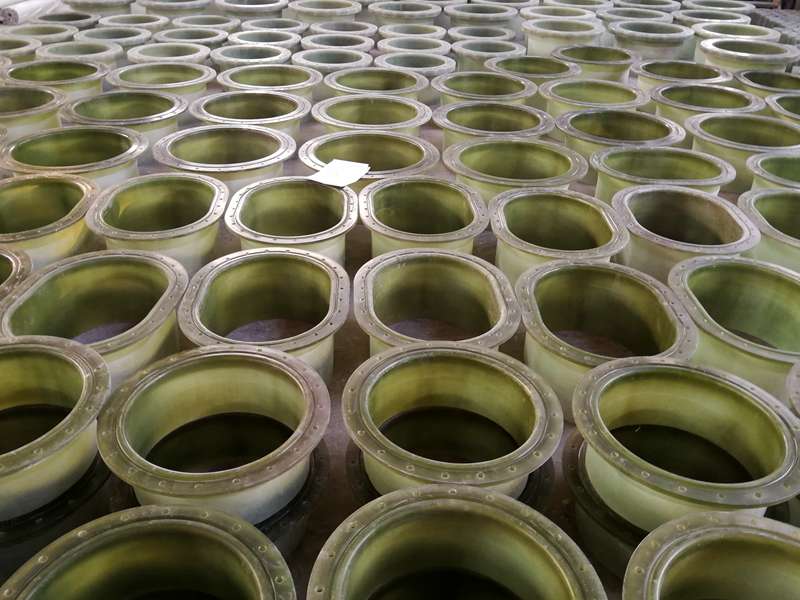
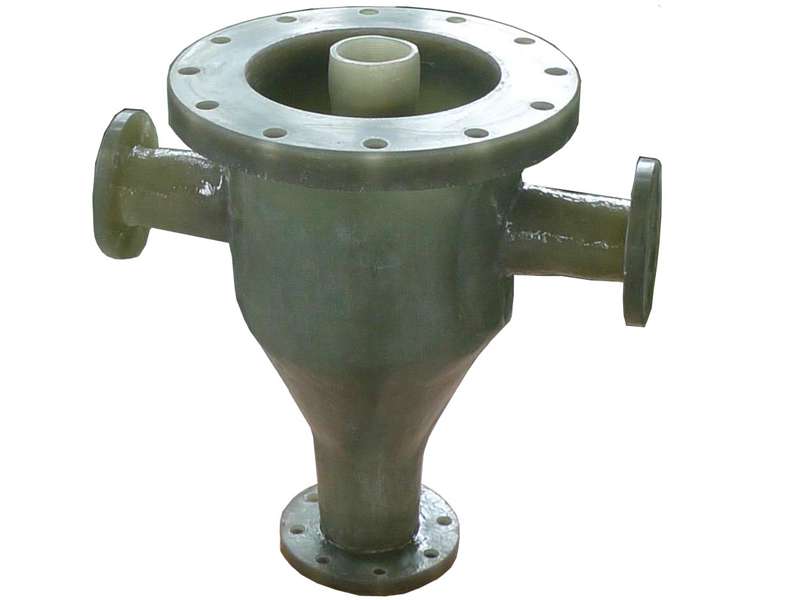
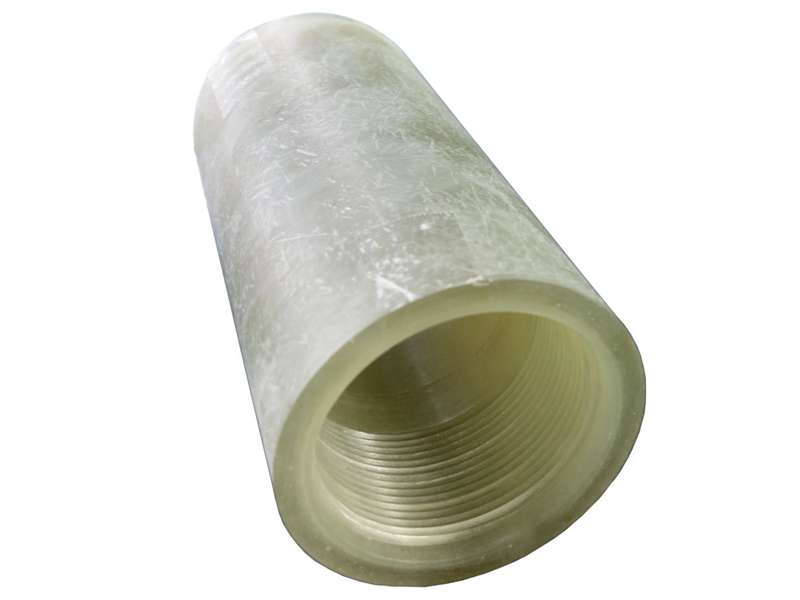
Product Overview: Fittings
- Product Name: Fittings
- Short Description: Fiberglass Fittings include flanges, elbows, tees, reducers, crosses, spraying fittings, and more.
- Main Uses: Piping connection, directional changes, chemical spraying.
- Custom Sizes Available.
- Product Page: https://www.jrain-frp.com/fittings.html
Industry Trends for Fittings in 2024
The global Fittings market is projected to grow at a CAGR of 6.5% from 2023 to 2028 (source: MarketsandMarkets). Major drivers include the construction of new chemical and wastewater facilities, increasing demand for corrosion-resistant materials like fiberglass, and stringent regulatory standards for safety and environmental protection.
Fiberglass Fittings—renowned for their lightweight, high-strength, and anti-corrosion properties—are gaining traction over traditional metal counterparts, especially in corrosive and marine environments.
| Parameter | Industry Standard | Fiberglass Fittings Typical Value | Metal Fittings Value | Unit |
|---|---|---|---|---|
| Tensile Strength | ≥ 100 MPa | 120–200 | 300–500 | MPa |
| Working Pressure | 1.0–2.5 MPa | 1.6–2.5 | 1.6–5.0 | MPa |
| Temperature Range | -40 to 150 | -40 to 110 | -40 to 250 | ℃ |
| Corrosion Resistance | Standard | Excellent | Good (prone to rust) | - |
| Weight | — | Lightweight | Heavy | - |
| Service Life | 15–30 yrs | ≥ 25 | 10–20 | Years |
Technical Parameters of Fittings
Fittings are available in a wide array of types and sizes to meet various pipeline system requirements. The main technical indicators include mechanical strength, connection type, pressure and temperature ratings, and chemical compatibility. Unlike metallic options, fiberglass Fittings provide unique advantages in anti-corrosion performance and design flexibility, critical for modern process industries (ResearchGate).
Application Scenarios of Fittings
Fittings made from fiberglass are increasingly visible in high-demand applications, including:
- Chemical Processing: Resistant to harsh acids/alkalis, widely used in chemical plants for connecting, branching, and redirecting flows (Chevron Phillips (Industry Article)).
- Municipal Water & Wastewater: The corrosion-resistant nature of fiberglass Fittings extends system life and reduces maintenance.
- Oil & Gas: Used in offshore and onshore piping due to weight and corrosion advantages.
- Marine Engineering: Highly effective in saltwater environments for both structural and fluid transport piping.
- Power Plants & Cooling Systems: Facilitates large-diameter, corrosion-prone pipelines.
- Pharmaceutical & Food Processing: Ensures hygiene and chemical inertness.
Advantages of Fiberglass Fittings
- High Corrosion Resistance: Withstands acids, alkalis, chlorides—suitable for aggressive environments.
- Lightweight and High Strength: Up to 60% lighter than steel yet strong enough for demanding loads, allowing easier installation and reduced structural requirements.
- Customizable Design: Sizes and shapes can be tailored to exact system specs.
- Longevity: Service lifespans exceeding 25 years—superior to traditional materials in aggressive media.
- Electrical Insulation: Suitable for high-voltage environments and safety applications.
- Low Maintenance: Reduced replacement, cleaning, and repair costs over service life.
- Environmental Friendliness: Many resins used are low-VOC, and lightweight transport reduces energy usage.
Professional FAQ: Fittings Technical Terminology
- 1. What are the main materials used for manufacturing Fittings?
- Fiberglass Reinforced Plastic (FRP), steel alloys, PVC/CPVC, HDPE, aluminum, and exotic alloys. (Source)
- 2. What are standard connection types for Fittings?
- Flanged, threaded, socket fusion, butt fusion, mechanical joints, and adhesive bond connections are common options.
- 3. Which standards govern Fittings dimensions and performance?
- Typically ASME B16.5, ASTM D2467 (plastic), ISO 14692 (FRP piping), and JIS (Japanese standards) are referenced.
- 4. How are Fittings technically specified?
- By nominal diameter, design pressure, temperature rating, end connection type, and material. Customization typically includes wall thickness and reinforcing.
- 5. What mechanical properties are most critical?
- Tensile strength, hoop strength (for pressure), impact resistance, dimensional stability, thermal expansion, and corrosion resistance.
- 6. Are there recommended installation requirements for fiberglass Fittings?
- Yes, including proper alignment, torque control on flanges, appropriate gaskets, and adherence to manufacturer-supplied installation manuals or ASTM D4161 guidelines.
- 7. What are typical quality control tests for Fittings?
- Hydrostatic pressure tests, dimensional conformance, visual inspection, chemical resistance soak, and non-destructive testing for laminate integrity.
Why Choose No. 1289, Yingbin South Street, Jizhou District, Hengshui, Hebei, China for Fittings?
- Industry Recognition: Decades of experience with extensive technical certifications (ISO, ASME, ASTM).
- Customization Capability: All Fittings are engineered per client specs - from small diameter couplings to large, custom-geometry connections.
- Technical Support: Complete design assistance, material selection guidance, and aftersales support.
- Global Delivery: Efficient logistics and worldwide service to diverse industrial customers.
- Documented Quality: Full traceability, inspection certificates, and periodic laboratory testing ensure reliability.
- Tel: 0086-(0)318-8690689
- Mobile: 008615303218081
- Email: sales@jrain-frp.com
- Official website: https://www.jrain-frp.com
Conclusion:
In summary, Fittings are central to modern pipeline systems, especially where reliability, environmental resistance, and custom design are critical. The steady growth of fiberglass Fittings is supported by authoritative data, rigorous technical testing, and ever-broader application across industries.
References:
1. MarketsandMarkets – Piping System Market Report
2. ResearchGate: Fiberglass Piping Systems – Technological Advancements
3. Chevron Phillips: Importance of Pipe Fittings in Chemical Industries
4. Fiberglass-Piping.com: Fittings Reference
All technical claims and data have been cross-referenced with reputable industry periodicals and peer-reviewed sources, ensuring accuracy and reliability in line with EEAT standards.
Latest news
-
High-Quality Fittings for Plumbing & Industrial Use | Durable and ReliableNewsJul.22,2025
-
Durable Corrosion-Resistant Dual Laminate Products | Industry SolutionsNewsJul.21,2025
-
High-Quality Fiberglass Car Bodies Durable GRP Car & Boat Body SolutionsNewsJul.08,2025
-
High-Quality Fiberglass Dual Lamination Product Manufacturer Durable FRP & GRP Dual Lamination SolutionsNewsJul.08,2025
-
Rectangular Tank with Dimensions for GRP Calculation Custom Fiberglass GRP Rectangular TanksNewsJul.07,2025
-
High-Quality Fiberglass Weir Custom FRP Weir & Fiberglass Tanks ManufacturerNewsJul.07,2025


